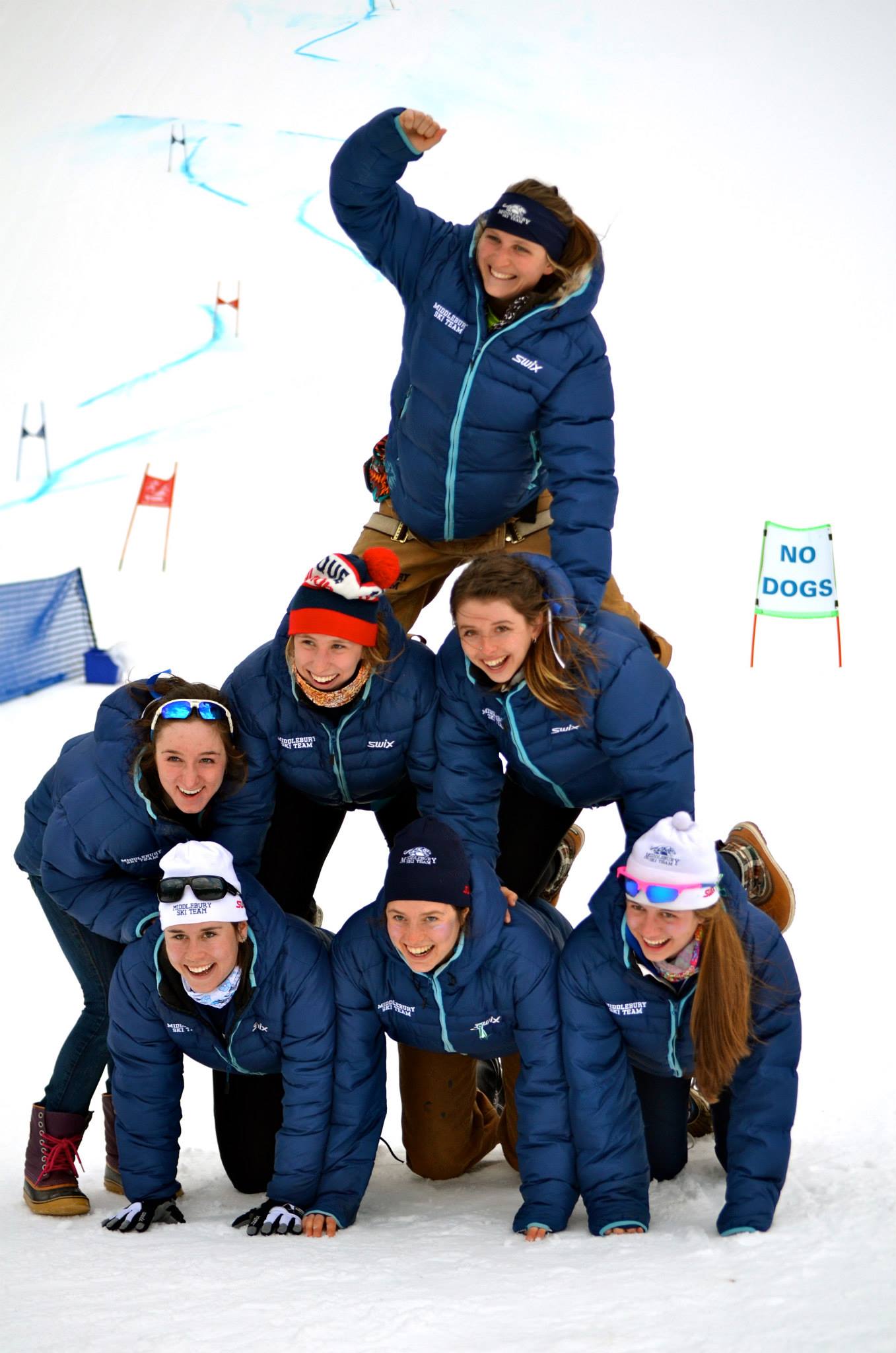
Editor’s note: Growing up as a gay male in the ski community, I always wondered what the experience was like for other junior and college-aged LGBT skiers like myself. The opportunity arose for me this summer when FasterSkier’s editor-at-large, Chelsea Little, published an interview with 2006 Olympic biathlete Brian Olsen. The interview sparked my exploration into the many positives and some of the challenges that arise as a young, gay athlete in the skiing world. Hearing these individuals’ personal accounts has been very inspiring and educating and it is my hope that you, the reader, will be able to appreciate and relate, whatever your experiences may be.
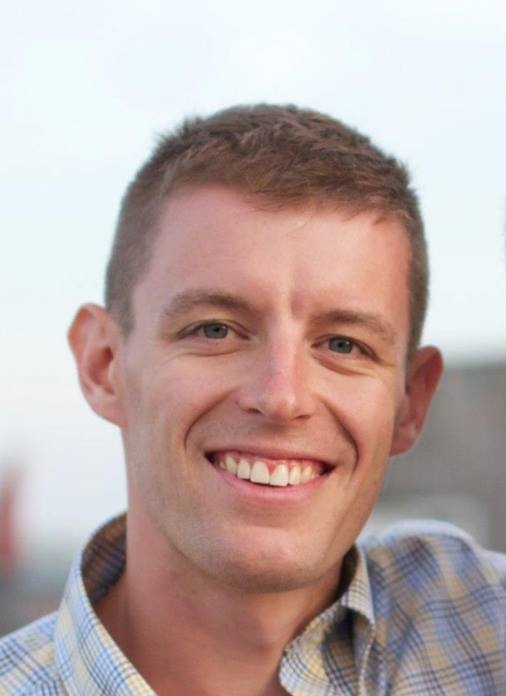
Jack Nelson was a sophomore at Williams College when he realized he was gay. The Hanover, N.H. native struggled with the internal realization, but when he accepted that he was attracted to men there was never a question as to whether he would tell his family-like team.
So when the Williams’ skiers gathered for New Year’s dinner while at a training camp in Quebec, Nelson made an announcement to the team: he was gay.
Nelson was met with both admiration and support from his teammates. Head coach Bud Fisher gave Nelson a big hug and his teammates offered him congratulations on his bravery and honesty.
In the weeks following, Nelson said the bond with his teammates only grew stronger and being gay became a non-issue as his teammates and friends saw him as a well-rounded person rather than a gay male.
Armed with newfound confidence from both his self-acceptance and the welcoming nature of his teammates, Nelson skied to his best season in his four years at the New England college.
“That was the best ski season I had at Williams. I was just so much more relaxed and comfortable with who I was,” he said.
An Accepting Community
Experiences similar to Nelson’s can be found scattered throughout the nordic community. Given the close family-like bonds often developed during the hundreds of hours of training, it’s not surprising that nordic skiers are supportive of their teammates, whatever their identity may be.
Bridger Ski Foundation coach and former Harvard skier Tanner Wiegand knew he was gay at the age of 13 and came out to his team when he was a sophomore in high school. Like Nelson, his peers were incredibly supportive.
Wiegand found that the encouraging environment of his ski community gave him the extra confidence needed to discover who he truly was.
“Being gay in the ski world didn’t scare me like it did in other spheres of my life,” he explained.
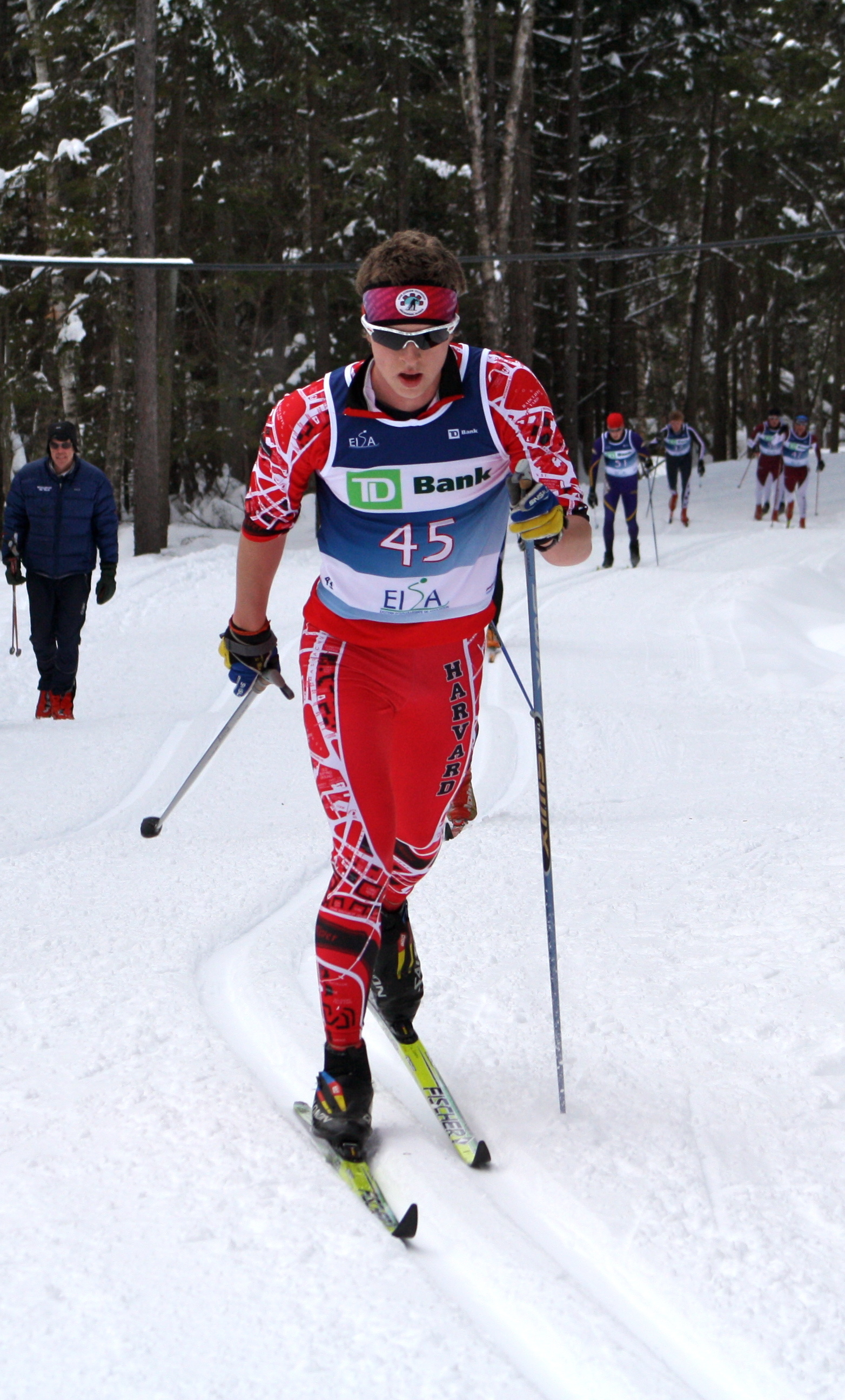
Wiegand believes that there were several reasons behind his self-assurance in the ski community, including the co-ed nature of the sport and the tendency of nordic skiers to be more liberal and educated.
University of Utah alumnus and 2003 NCAA Champion Ryan Quinn has another theory to add. He believes that most endurance sports share the same sense of acceptance.
“I think the culture of individual endurance sports (skiing, running, triathlon, etc.) lends itself to individuality and acceptance of differences. Those sports attract the kind of people who tend to be introspective and independent,” he said.
The Alaska-native came out to his team in 2005 and is also author of the acclaimed coming of age book, The Fall. He said that while coming out was a difficult process, it was easier to do so in the college skiing community because of its size and modest visibility.
“There’s not a lot of media attention; there’s no money at stake. So it’s a less complicated environment to come out in than say on an SEC football team,” he said.
Emily Attwood, a recent graduate from Middlebury College, had little difficulty being gay in the ski community. However, at a LGBT awareness meeting for the athletic department at the small Vermont school she began to realize that her experience as a nordic skier and cross-country runner was unique.
“It was interesting to hear the commentary from other sports. I think that we’re lucky in the culture of skiing, because the people are so open,” she said. “It’s not that other sports aren’t like that, but someone on a lacrosse or hockey team has a lot more difficulty coming out in that environment.”
The Challenges of Being a LGBT Athlete
When Kate came out to her college team they were nothing but supportive. Both her friends and fellow skiers were intrigued by what it meant to be a lesbian and while it was sometimes annoying, they showed their support by incessantly asking about the love-life for the newly-out skier.
However, when Kate – who wished to use a false name – sat down with her coach during one of their regular meetings, she was confronted by something that she would never forget.
Sitting across from her coach, Kate was told that she was drawing too much attention to her sexuality and making the team uncomfortable.
Kate, whose nature was to be exceptionally friendly and embracing, had no idea what her coach was talking about: she had never done or said anything inappropriate and her teammates had been anything but uncomfortable about her sexuality.
The assumption of the coach that she was somehow acting inappropriately because she was around a team of fellow women was extremely hurtful to Kate, both in terms of her relationship with the team and her self-esteem.
However, after investigating the situation further the coach soon realized the mistake and apologized to Kate for the way that she was treated.
Kate believes that the coach never meant to single her out because of her sexuality, but due to a lack of education and experience regarding such delicate situations, it was handled in the worst possible way.
Both Kate and the coach were able to treat the incident as a learning experience and move on. Today, the two are very close and are still in constant communication.
While an experience such as Kate’s is a rare occurrence in skiing, it demonstrates that difficulties are still present for LGBT athletes in endurance sports.
One of nordic skiing’s attributes that can make acceptance second-nature is often the sport’s greatest challenge: its small size.
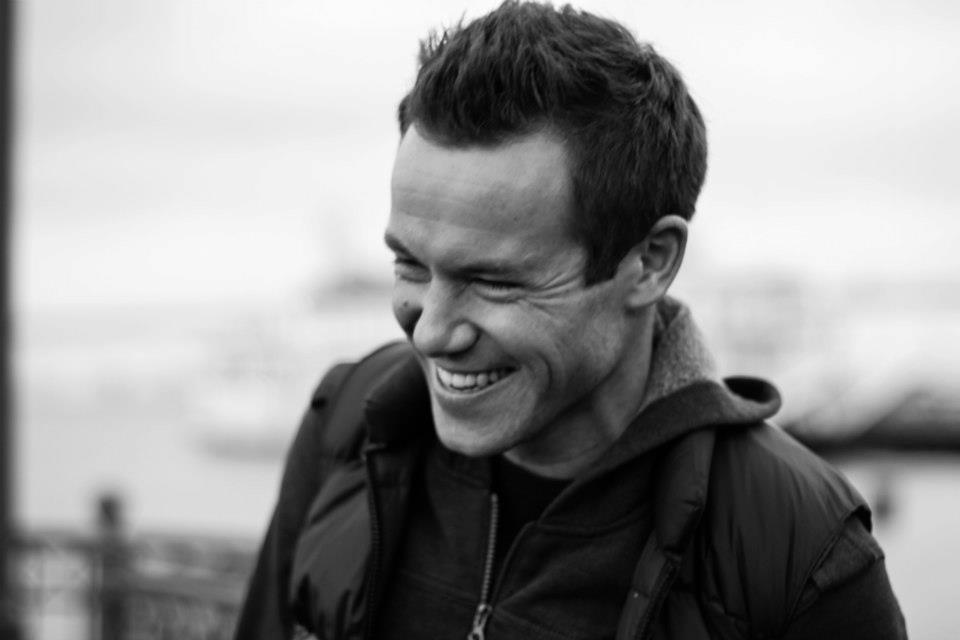
Gay nordic skiers can feel as if they are the only LGBT person in the community. Given that nordic skiing is frequently a central part of an athlete’s social life, the absence of others with the same identity can be solitary.
For an athlete who is thinking about coming out, this isolation can often be a hindrance in the process.
“I think the biggest barrier still is awareness,” said Quinn. “Most straight people continue to just assume that everyone else around them is straight. And for a closeted athlete wrestling with the unknown of coming out, that can be interpreted as intolerance when in fact it’s just oblivion.”
Quinn said that such an interpretation coupled with a fear of the unknown caused him great anxiety before he told his teammates.
“When you’re in the closet facing the unknown, your mind really goes to the worst possible scenario more often than not,” he said. “So I was scared and nervous and wasn’t able to form any rational expectation.”
While his coming out was a positive experience, Quinn said that he guessed many in the community went through a similar fear.
The size of the community can be equally challenging once a gay skier is open with his or her sexuality.
During his experience as a junior, Wiegand felt excluded due to his sexuality on certain occasions. It was unintentional but the contrast was stark: his straight friends were free to be themselves and act on any adolescent urges they experienced, while Wiegand didn’t always have the opportunity to participate in his straight friends youthful bliss.
“Certain rites of passage were closed to me growing up gay in the ski world. Junior Nationals’ dances were never more than a chance to dance with my girl friends. I didn’t get to hold hands with someone special on long van rides, nor was I kissed for the first time at West [Yellowstone] Camp,” he explained. “These experiences and explorations of sexuality that were open to my teammates were inaccessible to me not because I feared recourse for engaging in them, but because I swam nearly alone in a very small pond.”
A New Era
Nelson looks back on his college experience as one of the best times of his life and he still remains in touch with many of the teammates he came out to at the New Year’s dinner many years ago.
With the changing atmosphere in the United States in regards to acceptance of LGBT individuals, Nelson thinks that it will become easier for nordic skiers to accept who they are and share their identity with their teammates.
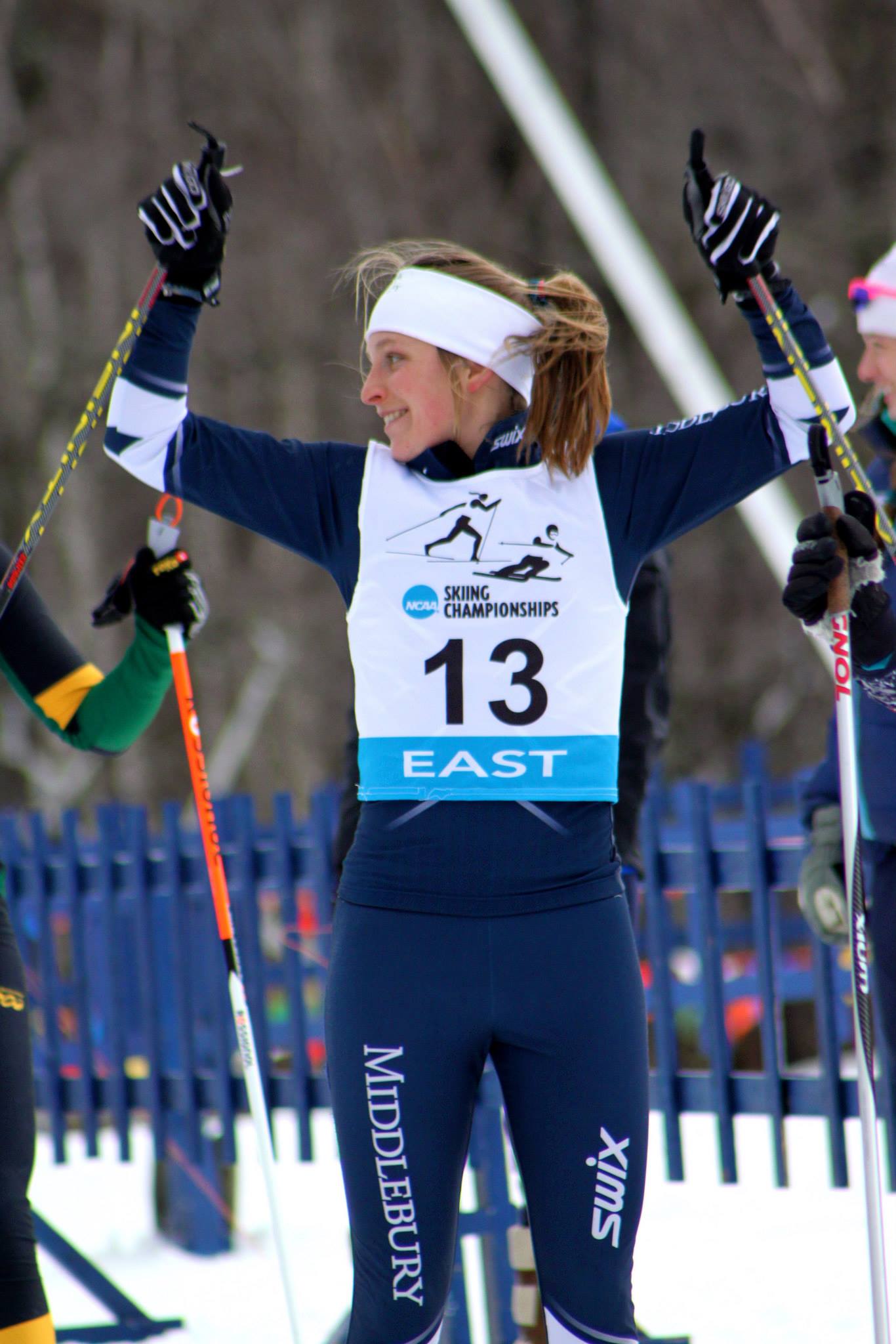
“The acceptance of LGBT people, especially in athletics, has changed so quickly. It’s shocking,” he said. “All it takes is for someone’s friend or family member to come out and that changes their outlook. I’ve seen that happen in a lot of different segments in society, including sports so I think the situation now is improving.
Quinn agreed, stressing that responsibility falls equally on gay athletes and their straight counterparts to make sure that they’re creating a welcoming environment for fellow LGBT athletes.
“I think gay athletes have the responsibility to be true to themselves and come out, which is the single best way to counter homophobic stereotypes,” he said. “But their straight teammates, coaches, and friends also have a responsibility to foresee that not everyone is just like them and to create an environment that projects acceptance and individuality rather than take it for granted.”
Attwood believes that being gay is on its way to becoming a non-issue in the sport.
“Being gay is just like being anything else, and it takes time for acceptance,” she said. “There are identity issues for everyone, and coming out is one of those issues. Having conversations and unraveling people’s experiences is the only way to initiate more acceptance and make it a more encompassing community.”
While challenges of misunderstanding may be a reality for LGBT skiers both now and in the future, it is apparent that the nordic ski community is well on its way to creating an embracing and tolerant environment. The small numbers and lack of diversity may be speed bumps on the road to complete ease for LGBT skiers, but it is evident that this tight knit community has the ability to overcome its downfalls and ensure that anyone, regardless of their identity, has a place on the trails.
Lander Karath
Lander Karath is FasterSkier's Associate Editor from Bozeman, Montana and a Bridger Ski Foundation alumnus. Between his studies at Middlebury College in Vermont, he is an outdoor enthusiast and a political junkie.




3 comments
campirecord
September 5, 2014 at 6:48 pm
This is an excellent article. Good work.
Pingback: #1: Analyzing Editorials | branden fontana
Pingback: Olympic links: 8 September, 2014 | Frontier Sports